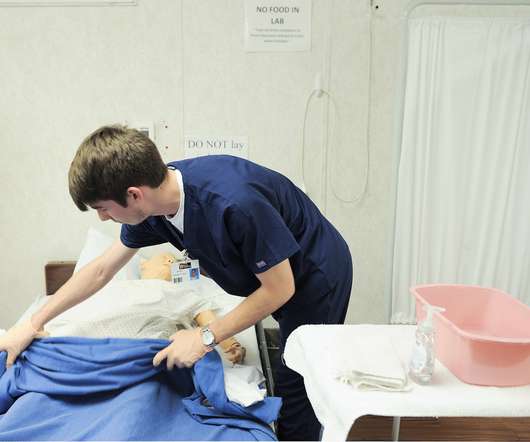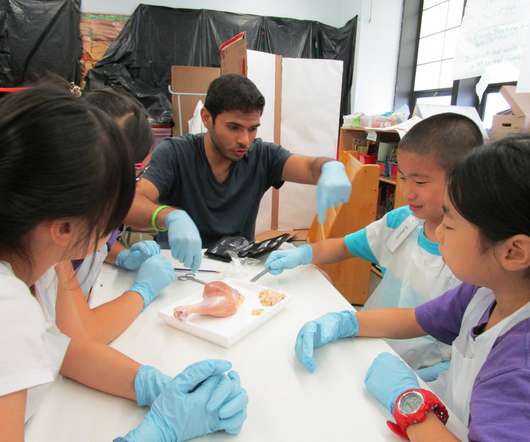HE Challenges: Fast changing digital teaching methods
Neo LMS
OCTOBER 2, 2018
Generally, universities are doing very well financially, so they don’t feel from the data that their world is going to collapse. There is evidence that universities have a slow-changing culture , when compared to for instance high- or secondary-schools. Read more: Will AI replace teachers?























Let's personalize your content